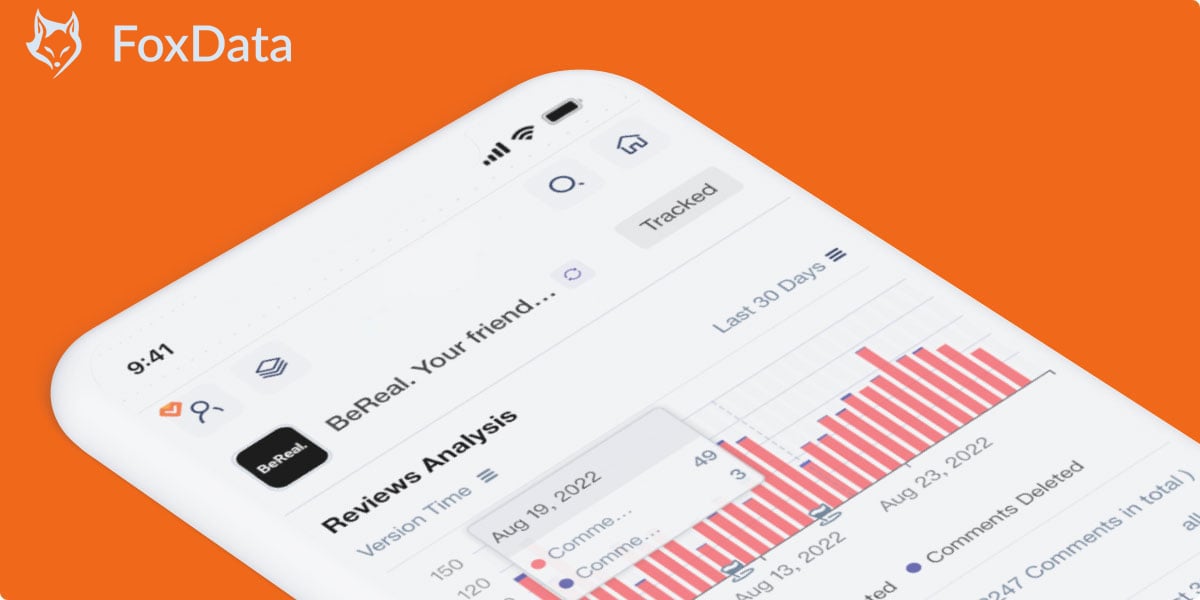When online advertising first emerged, the focus was solely on generating
clicks.
At that time, the primary goal for ad teams was to drive viewers to a website, and it was the responsibility of the website team to convert that traffic into tangible results. As a result, the main strategy for advertisers was to maximize the number of digital advertising clicks within their campaign budget.
However, as time went on, marketers began to realize that not all clicks are created equal. Some clicks have little to no value in terms of driving conversions. This realization prompted the shift towards setting bids based on results rather than just clicks.
Understanding Bid Optimization
Many digital advertising platforms now offer automated bidding, which has made bid optimization a lot easier. A key aspect of effective bid optimization is treating each search keyword, social ad, or programmatic display/video bid as a unique entity. This means avoiding setting the same bids at high levels across multiple items, unless managing campaigns at a granular level becomes impractical.
Best Practices for Bid Optimization
Comprehensive Tracking
It is crucial to ensure that each ad team can easily view and measure the final performance of the traffic they generate for your website. This empowers them to optimize bids based on their own data and insights.
Optimize Bids While Maintaining Results
Even when using automated bidding, it is essential to test and fine-tune your bids regularly. Bethany Bey, a PPC account executive at Hanapin Marketing, suggests testing the impact of bid adjustments on conversions over a two-week period. By analyzing the results, you can identify the most effective bid strategy for your campaign budget and goals.
“Even though I use automated bidding, I still increase/decrease the target or max amounts just to test the effect. For example, how many conversions will I lose if I decrease the target CPA by $1? I usually let these tests run for about 2 weeks.”
Every reduction in click cost adds up, allowing you to generate more traffic within your budget. For instance, if your average cost-per-click (CPC) is $1, lowering it to 90 cents results in a 10% increase in traffic. If the performance remains constant, this leads to a 10% boost in ROI. Bid optimization goes beyond bidding on the right keywords or targeting specific outcomes; it is about maximizing your marketing spend by bidding intelligently.
Maintaining Diligence in Bidding
Bid values can change over time, so it is important to stay vigilant. Factors such as seasonality heavily influence bids but are often overlooked in bid optimization. Think about how search behavior and market dynamics fluctuate during holidays, changes in consumer behavior, or even weather patterns. Avoid paying for keywords related to summer vacations during Christmas.
Conclusion
Bidding based on actual results, rather than focusing solely on the number of clicks, is a more accurate and cost-effective approach.
However, it is important to note that clicks still matter when tracking is limited. Not everything can be tracked in online advertising. A click from a month ago might lead to a purchase on another device or through word-of-mouth recommendations. Clicks do have value, provided they can be effectively tracked. If tracking is suboptimal, then prioritizing maximum traffic is a reasonable strategy.
Now just join
FoxData and embark on a journey of business growth as we unveil a
FREE App Data Analytics Tool, which boosts your downloads, increases your user base, and watches your performance soar to new heights!
💡If you're seeking a professional team to achieve success, don't hesitate to contact us for
ASA service.
All content, layout and frame code of all FoxData blog sections belong to the original content and technical team, all reproduction and references need to indicate the source and link in the obvious position, otherwise legal responsibility will be pursued.
